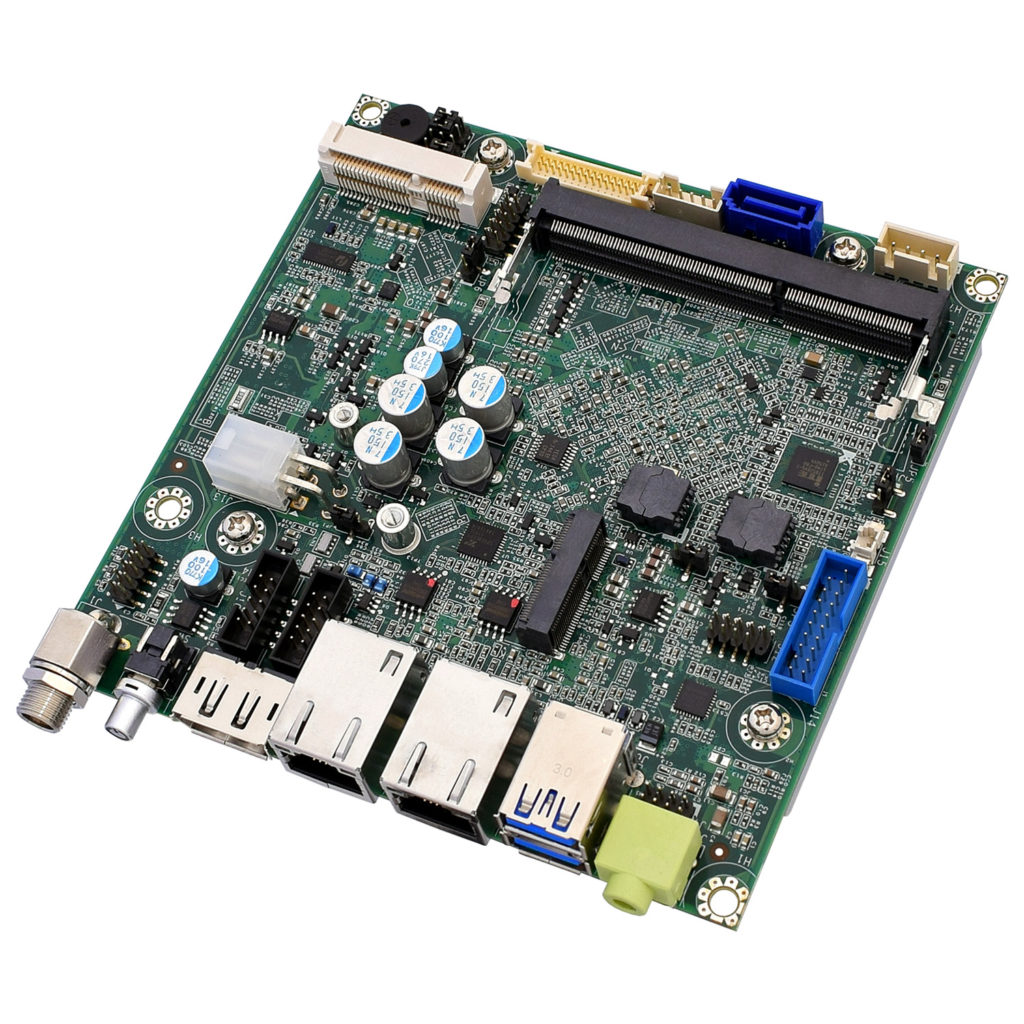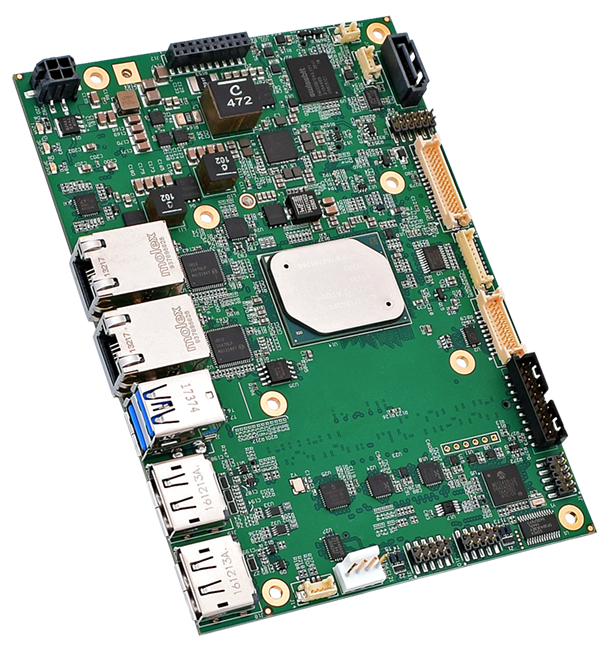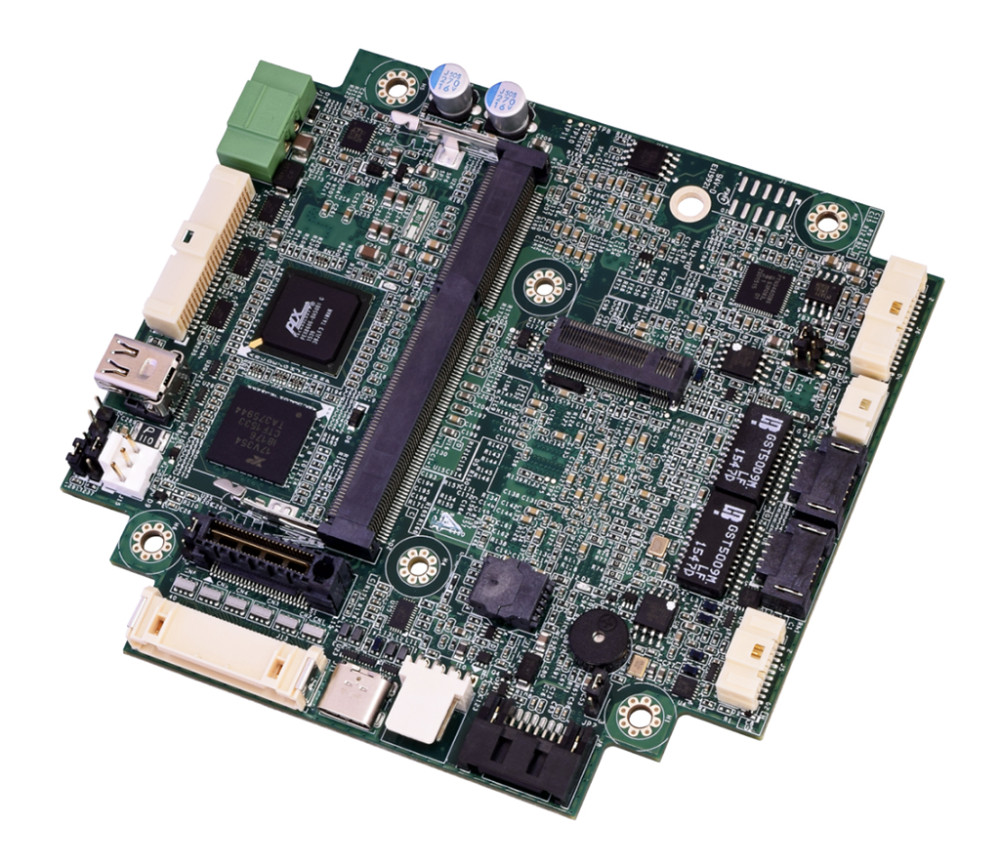
Pretty much for its entire existence, the trend in the embedded computing industry has been toward achieving smaller size, lower power, and higher performance. Sometimes these attributes can help each other to drive adoption of new technological advancements, but in others, choices must be made for priorities of size versus power and performance. For example, it’s not uncommon for smaller size components to consume less power. However, higher performance often results in more power being consumed. And higher power, in less area, can be detrimental because there is less space to dissipate the heat that is generated.
The industry has come up with a slew of physical specifications to represent the various form factors, where the application usually dictates the choice. Each carries different dimensions, thereby allowing the board vendor to pack on as much as possible within the constraints of the performance and power envelopes.
Four form factors that will be covered in this blog are Pico-ITX, Nano-ITX, 3.5-inch, and PC/104. The Pico-ITX form factor originated from VIA Technologies initiative but has now been adopted by numerous embedded SBC vendors. It calls for board dimensions of 10 by 7.2 cm, which is half the area of the Nano-ITX’s 12 by 12 cm. Note that the original ITX was released nearly 20-years-ago, with the introduction of the Mini-ITX form factor. It has transitioned since then into Nano-ITX and Pico-ITX.
The 3.5-inch single-board computer (SBC) measures 14.6 by 10.2 cm, which translates to 5.75 by 4 in. Why is it called 3.5-inch, you ask? That’s because it’s the same size as a 3.5-inch disk drive. Finally, the PC-104 form factor measures in at 4.55 by 4.28 inches (11.6 by 10.9 cm).

The ITX-N-3900 is a Nano-ITX SBC, also based on Intel’s Atom Apollo Lake processor family. It consumes just 12w, making it a candidate for fanless applications, including industrial, commercial, and other embedded areas. From a performance-per-watt perspective, the ITX-N-3900 is a front-runner. Its feature set includes industrial operating temperatures, ranging from 40º to +85ºC. The ITX-N-3900 is designed for long-term availability and supports Linux, Windows 10, and other popular x86-compatible real-time operating systems (RTOS).

The SBC35-427, conforming to the 3.5-in. form factor, is a great fit for industrial IoT applications thanks to its combination of off-the-shelf functionality with multiple expansion and configuration options. It too is designed around an Intel Apollo Lake-I E3900 series processor (note that the 3.5-inch SBC is the most common segment, and continues to grow). As evidenced by the rich feature set of the SBC35-427, new technologies continue to be added while maintaining the same board area.

Pico-ITX is an ultra-compact solution for designers of miniature embedded systems. The WINSYSTEMS ITX-P-E3800 is a good example of an SBC that fits the Pico-ITX form factor and pack lots of features. Thanks to a ton of I/O and standard industrial connectors, the ITX-P-3800 is a great choice for applications requiring low power and the performance of the Apollo Lake processor while still fitting in a small form-factor package. Such applications include UAV, energy, medical diagnostics, and industrial control. The SBC supports Linux, Windows 10 IoT, and other x86-compatible real-time operating systems.

WINSYSTEMS’ PX1-C415 is an example of that PC/104 form factor SBC. PC/104 has stood the test of time and continues to evolve, so designers have a high level of comfort when integrating it. Even with new bus interfaces coming on-line, the PC/104 form factor remains a great building block platform. For example, the PXI-C415, featuring the latest generation Intel Apollo Lake-I SOC processor, adds the PCIe/104 OneBank expansion connector for high-speed, low-cost PCIe connectivity and performance. Its small size, rugged design, and extended operational temperature suit it for industrial IoT applications and embedded systems in the industrial control, transportation, Mil/COTS, and energy markets.
The bottom line is that you have options, and that’s a good thing. Consult an embedded computing expert like WINSYSTEMS to determine which SBC is right for you based on size, power consumption, and performance.
